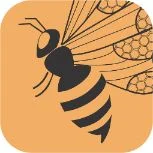Comprehensive Detailed Guide about Wildflower Honey
Honey is a golden liquid ingredient that is loved by all. This natural sweetener is made by the tiny little bees and eaten both by the bees and humans. Also called the nectar of the gods, it has been widely used across the world since ancient times. And why not? This natural sweetener is rich in several properties that offer chock full of benefits that you have never thought of.
Honey is available in numerous varieties all around the world. These types mostly rely upon the source or the flora the honey bees have been collecting nectar from. However, the main thing you need to keep in mind regarding honey is to have it in its standard, raw form rather than the processed form, which is promptly accessible in grocery stores.
Regarding beneficial honey assortments, few are as intriguing as wildflower honey, which contains a significant noteworthy measure of supplements and potential medical advantages for the individuals who routinely consume it.
Table Of Contents

- What is Wildflower Honey?
- General Qualities of Wildflower Honey
- What Are the Benefits of Wildflower Honey?
- What is the Difference Between Wildflower Honey and Regular Honey?
- Does Wildflower Honey Go Bad?
- Can Wildflower Honey Be Consumed During Pregnancy?
- Can Wildflower Honey Be Used For Mead?
- Takeaway
- Buy Our Wildflower Honey
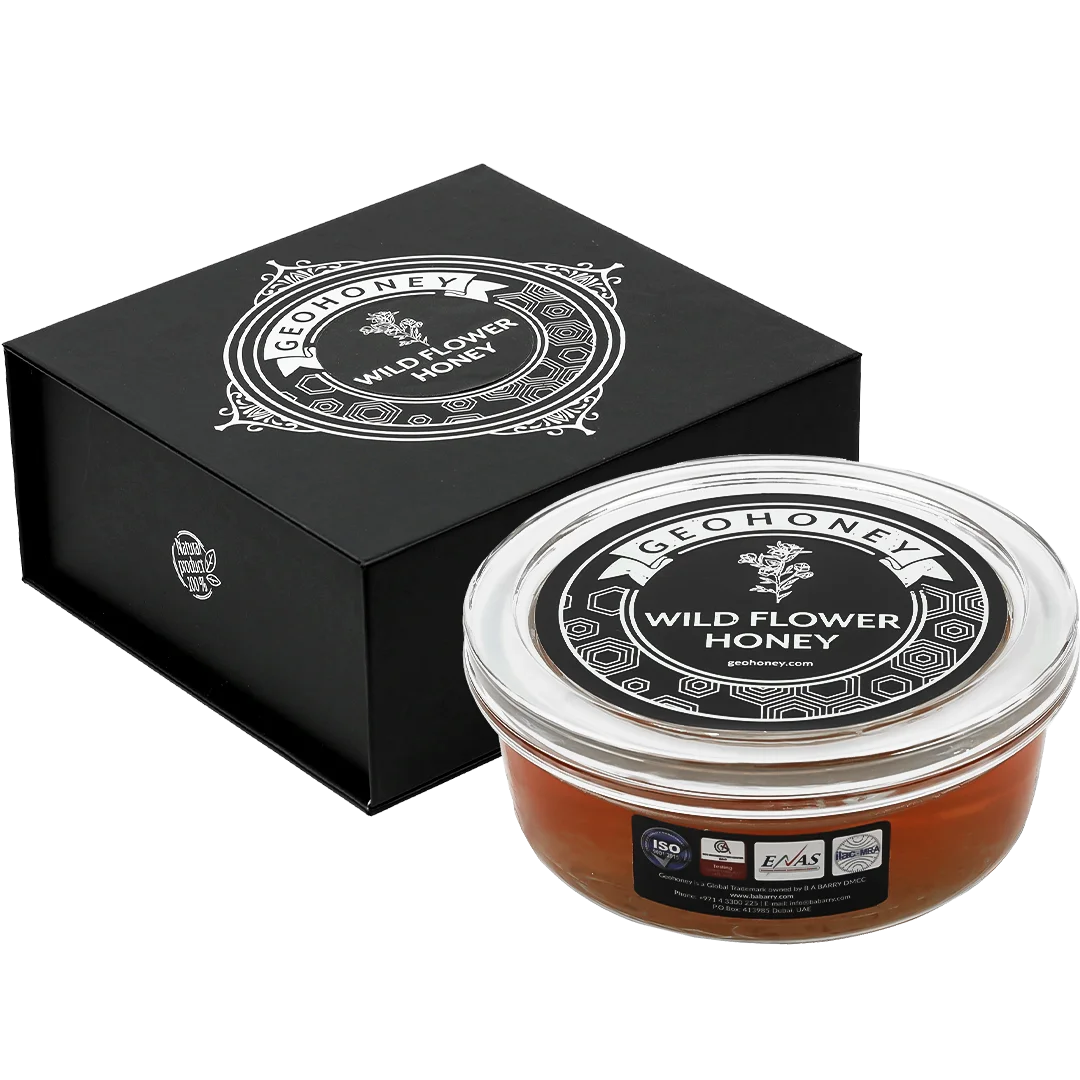
What is Wildflower Honey?
As you might understand from the name, wildflower or goldenrod honey is obtained from nectar that comes essentially (or solely) from wildflowers. The exciting thing about this variety of honey is that each sort you attempt will be somewhat unique. The different combinations of various wildflowers, in addition to the occasional variety among summer and autumn wildflowers, make this an extraordinary variety of honey.
This raw, natural type of honey likewise conveys a few significant minerals and nutrients, just as proteins, sugars, antioxidants, and active enzymes that can protect the body in an assortment of ways. Therefore, it is ideal to buy wildflower honey from a natural source – to guarantee that you are getting an authentic and natural jar of wildflower honey.
The taste of wildflower honey is like a reflection of a specific place of the world during a specific time. Therefore, this honey variety is incredibly diverse when it comes to its colour and taste. There are thousands of wildflower honey varieties, and thus its flavour and colour can even differ from one backyard to the next!
Honey bees practice a characteristic known as consistency. You may also hear it called "flora fidelity", yet either term implies precisely the same thing. At the point when scout honey bees return to the hive and do their waggle dance to let other honey bees know where they went, every one of the other honey bees will adhere to their directions precisely. If possible, every one of the honey bees will focus on their pollination on the blossom source described in the waggle dance. This is how monofloral honey is gathered. Considering that it takes nearly 5 million blossoms to deliver one 16 ounces of nectar, there isn't a single sufficient type of bloom for the honey bees to gather nectar from. When this occurs, honey bees will gather what they can from various nectar sources from the encompassing regions, generally within 6 miles from their hive. In any case, they actually separate the nectar sources in the honeycomb, so it is possible to taste numerous types of nectar from one frame all through one beehive. Wildflower honey is more common than monofloral honey since people commonly just plant horticultural harvests in huge fields of a single sort, instead of blossoms or flowering trees.
Regardless of whether there are various kinds of nectar in one honeycomb, this isn't wildflower honey yet. It is just single-sourced nectar separated into the casing. Wildflower honey possibly happens when the casings are uncapped and spun manually or in an axis and mix. Then, as all of the different nectars combine as one, they become genuine wildflower honey. Clearly, given the specific measures of various honey, the wildflower mix will taste diverse, relying upon what the honey bees pollinated the most that season. This is the explanation we see such countless insane mixes of wildflower honey from one side of the world to the other.
General Qualities of Wildflower Honey
The simplest method to describe wildflower honey is that it will be light in colour and fruity. In broad terms, honey harvested later in the season (pre-fall and fall) will be somewhat more robust in taste and comes in a darker colour than the honey from the wildflowers that develop when it's summer. Spring and early summer batches are bound to be lighter in both taste and shading.
Maybe the ideal approach to describe this honey is that it's somewhat comparable but stronger than two different types of honey known for being fruity and light, clover honey and orange blossom honey. However, you know at this point that there is no simple method to foresee precisely what a container of wildflower honey will taste like.
The comparison with orange blossom and clover honey gives a decent sign of the best use of wildflower honey. It's good for use in cooking or baking (overall principle for preparing: substitute ½ to ¾ cup of honey for one cup of sugar) since its light taste will not muffle different ingredients. This honey is an optimal sweetener for tea, tasty when blended in with fruits to make smoothies. It is one of the most outstanding honey varieties for basically drizzling onto your favourite breakfast food varieties.
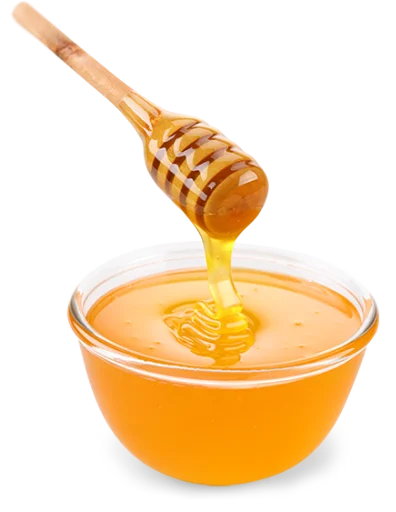
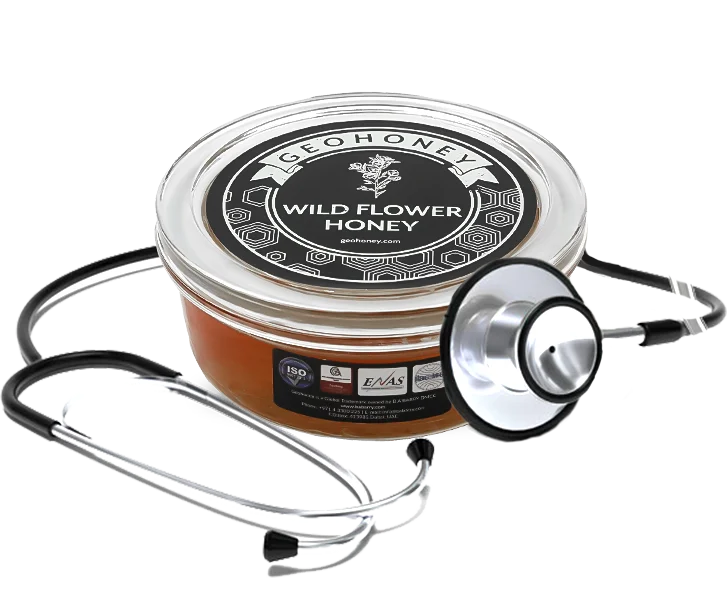
What Are the Benefits of Wildflower Honey?
The most prominent medical advantages of this honey include its capacity to build energy levels, suppress hypersensitive responses, forestall chronic illnesses, and work on the skin's health, among others.
-
Helps in Getting Healthy Skin
All honey varieties are surprisingly high in antioxidant contents, which can work on your general well being in numerous ways. For example, regular use of wildflower honey by consuming it or applying topically on the skin can lessen wrinkles, further enhance complexion, and diminish inflammation.
-
Rich in Antioxidant Properties
The antioxidant properties present in wildflower honey can assist with shielding the inner organs from oxidative pressure. Antioxidants can neutralize the impacts of free radicals, which can bring down the danger of several illnesses.
-
Helps in Digestion
Honey is known to decrease aggravation all through the body, including the gut. This can help ease constipation while additionally balancing bacterial levels and further developing overall supplement take-up proficiency.
-
Lessens Allergic Reactions
Various studies have been directed on the impacts of wildflower honey on the unfavourably susceptible reaction by the body. For people who usually experience the ill effects of botanical sensitivities, consuming modest quantities of this honey can assist with working on those unfavourable allergic reactions.
-
Boosts Energy Levels of the Body
Honey is a concentrated wellspring of carbs and sugars, just as minerals that will stimulate the metabolism and furnish your body with the jolt of energy it needs.
-
Treats Respiratory Issues
Devouring this type of honey is a great way to relieve sore throats, cough and other respiratory inflammation. It is good to simply consume a teaspoonful of honey or mix in a glass of warm water to prevent cough and other respiratory infection symptoms.
What is the Difference Between Wildflower Honey and Regular Honey?
We all know that wildflower honey comes from raw fields, yet we need to focus on the word 'processed' when we consider standard honey. Why? Since that is actually what it is. Wildflower honey is just about the nearest thing to all-natural that you will find on the racks. This raw honey is taken out from the honeycomb and strained to remove toxins from the soil, dust, or dead working drones.
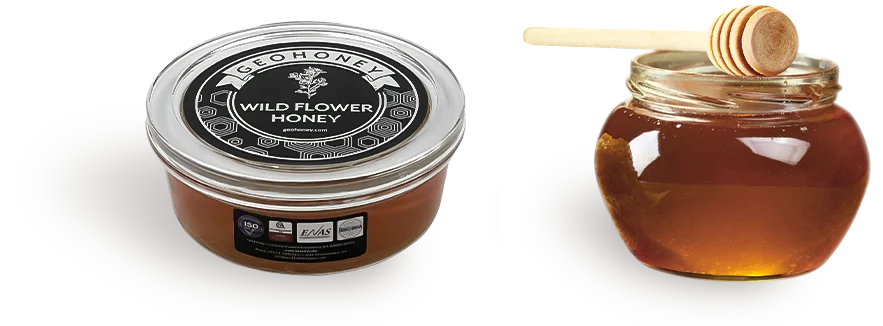
Eventually, you get a sound combination of antioxidants and other fundamental supplements. However, the truth is, unadulterated honey is very uncommon and, on most occasions, loses the competition between regular processed ones.
Almost certainly, processed honey is less expensive to make since they require less work and less of the raw by-product in the packaging. They get filtered and pasteurized to eliminate microorganisms; however, this method kills their nutrients and minerals. Usually, a jar of standard honey will have only a third of the organic variety. The rest is subbed with cane or corn syrup, with basically no wholesome advantage. That is not what you thought your cash was purchasing, correct?
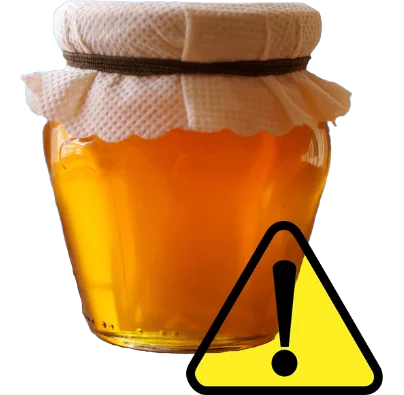
Does Wildflower Honey Go Bad?
Since you know without a doubt that wildflower honey is a natural and beneficial honey variety, the following straightforward inquiry has to do with its life expectancy. You ought to consistently strive to have a jar of raw honey in your pantry, regardless of whether its physical and chemical composition may change over the long run.
Following a couple of months, the honey will start to crystallize from the base up. But, there is no need to worry about it; this is just the glucose, a piece of the combination turning to a strong sugar structure.
That is the thing that we mean when we say 'actual' change'.
When it takes shape, you can put the jar in a container of warm water, and the sugar grains will gradually reliquify. Either way, the honey will, in any case, be ok for usage.
Chemically, there might be adjustments in its colour and fragrance. No matter how you look at it, regular honey has anti-microbial properties, making it highly unlikely that anything strange - or rotten - would be filling your container.
What you ought to be vigilant about is if your honey gets mixed in with moisture. It might start to ferment, and nobody likes to consume honey beer. Other than that, your wildflower honey will last you a long time - make sure to store it in a clean and moisture-free container.
Can Wildflower Honey Be Consumed During Pregnancy?
Raw honey is considered safe to consume during pregnancy. Albeit, out of a bounty of cautions, certain people debilitate eating raw honey while pregnant, it ought to be completely fine, mainly when consumed in moderate quantities.
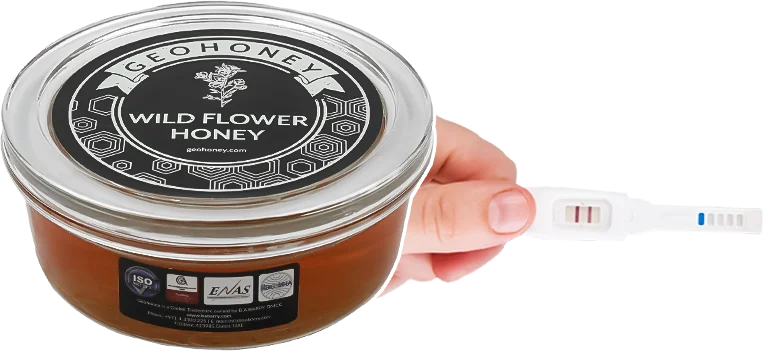

Can Wildflower Honey Be Used For Mead?
Obviously! Raw wildflower honey is fantastic for making mead. Since it is natural and raw, it ought to impeccably coordinate with what individuals would have used to make mead during middle age.
Takeaway
Though there are numerous honey varieties available in the market, the real question is finding how many of these varieties are as pure and natural as wildflower honey. Explore the extensive collection of GeohonGeohoney'sorganic raw honey products before making your next purchase.

BUY OUR WILDFLOWER HONEY
What’s the buzz, Join the hive !
SIGN UP TO OUR NEWSLETTER
Be the first to know about our hot deals, new arrivals.


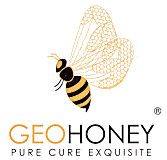

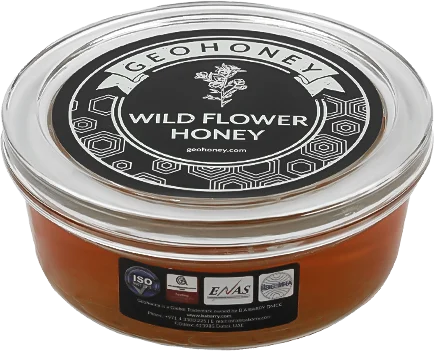


 Pay By Cards
Pay By Cards
 PayPal
PayPal
 Stripe
Stripe
 Other Payment Methods
Other Payment Methods







